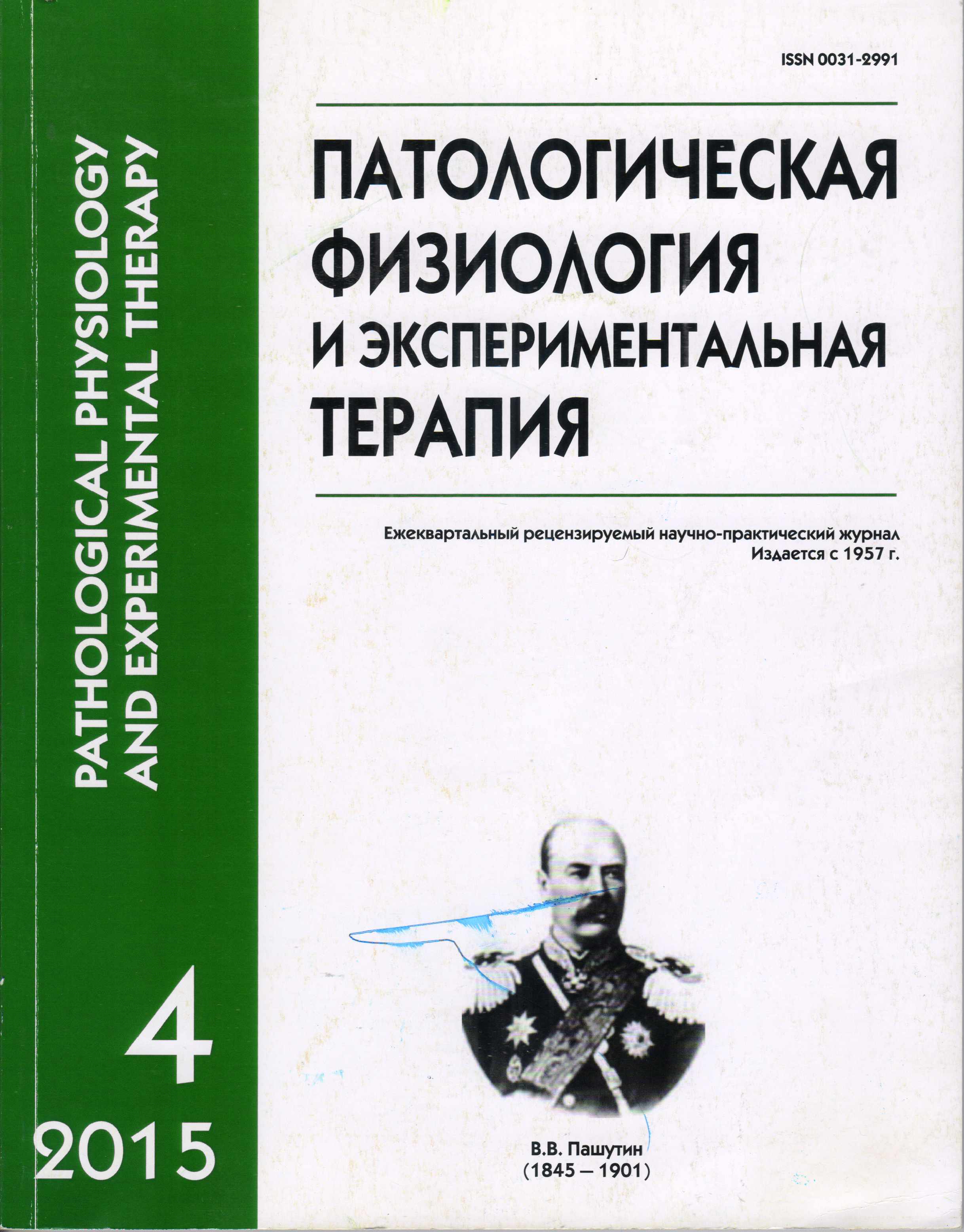Pathogenetic mechanisms of phantom-pain syndrome
Abstract
This review considers the literature data on the epidemiology of phantom-pain syndrome (PPS) presents the results of numerous clinical studies demonstrating the lack of effectiveness of the vast majority of modern non-pharmacological and pharmacological methods of treatment of PPS. Detail presents data on the pathogenetic mechanisms underlying the PPS. According to most researchers, the major role in the pathogenesis of the PPS has the reorganization of the somatosensory area of the cerebral cortex of the brain. At the same time discusses the views of researchers who believe that the main reason PPS is to strengthen nociceptive and nonnociceptive afferentation in the peripheral nervous system. The comparison of these conflicting data it is concluded that in the genesis of the PPS plays the role of both primary and secondary sensitization. Leading important dysfunction of the central nervous system. Details the modern understanding of the mechanisms underlying the high efficiency of suppression of PPS during stimulation of motor cortex.






